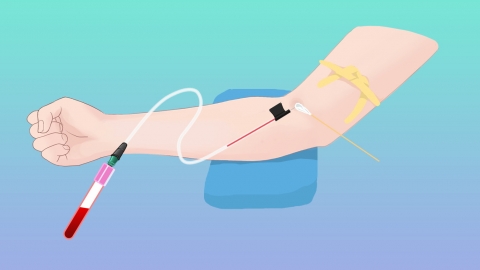How to check if liver function is normal
Under normal circumstances, evaluating whether liver function is normal requires combining laboratory tests with imaging examinations. Commonly used methods include liver function biochemical tests, coagulation function tests, alpha-fetoprotein (AFP) testing, abdominal ultrasound, and liver elastography. Specific details are as follows:

1. Liver Function Biochemical Tests: These involve drawing venous blood to measure key indicators such as alanine aminotransferase (ALT), aspartate aminotransferase (AST), total bilirubin, albumin, and gamma-glutamyl transferase (GGT). These parameters collectively reflect the basic functional status of the liver.
2. Coagulation Function Tests: The liver is the primary site for synthesis of coagulation factors. Indicators such as prothrombin time (PT) and activated partial thromboplastin time (aPTT) reflect the liver's ability to produce these factors. Prolonged values may indicate impaired synthetic function of the liver, commonly seen in conditions like cirrhosis or severe hepatitis.
3. Alpha-Fetoprotein (AFP) Testing: AFP is a tumor marker associated with liver diseases. Although it is not a direct indicator of liver function, it helps screen for malignant liver lesions. Significantly elevated AFP levels warrant further investigation in combination with other tests to rule out hepatocellular carcinoma.
4. Abdominal Ultrasound: This imaging method evaluates the liver’s shape, size, echogenicity, and structure. A healthy liver appears regular in shape and uniform in echogenicity on ultrasound. Enlargement or shrinkage of the liver, coarse or heterogeneous echoes, or nodules may suggest pathological conditions such as hepatitis or cirrhosis.
5. Liver Elastography: This non-invasive test quantifies liver stiffness to assess the degree of liver fibrosis. Liver fibrosis is a common pathological change following liver damage. Higher stiffness values indicate more advanced fibrosis, enabling early detection of occult liver injury.
It is recommended to fast for 8–12 hours before testing and to avoid alcohol consumption, staying up late, and taking medications that may harm the liver, to ensure accurate results. Maintaining regular sleep patterns, a balanced diet, and reducing liver strain in daily life can help preserve stable liver function.




